The Junkers T 23 was one of a small group of aircraft that could be configured as a monoplane or a biplane. The monoplane form, designated T 23E (E for Eindecker), was a parasol winged aircraft; the biplane, T 23D (Doppeldecker), was a sesquiplane. It was a larger, two-seat development of the purely parasol Junkers T 19. It had an experimental role, as well as being an attempt to enter the light aircraft market, which was to compare the handling characteristics of the monoplane with those of the biplane with its lower wing loading to see if the former could provide the forgiving behaviour required of a training aircraft.
In monoplane form the T 23 had much in common with the T 19 and was built mostly from duralumin with a tubular-membered frame covered by corrugated sheet. It had a wing of similar form to the T 19, with a centre section with a constant chord centre section and outboard taper on both edges plus ailerons with extended curved trailing edges. Its span, though, was increased by 2.50 m. The forward V cabane struts joining the centre section to upper fuselage longerons were similar to those of the T 19, but the T 23 had a pair of single rear struts more like those of the T 21. The parasol wing was a typically Junkers cantilever structure requiring no outboard struts on the T 23E, but on the T 23D the lower wing was mounted below the fuselage and braced to the upper one by a pair of vertical V struts near the lower wing tips. The lower wing had a span only 77% that of the upper one,increasing the total wing area by 57% and adding 75 kg to the structural weight.
The tapered fuselage was flat sided, with the pilot's cockpit placed under the leading edge with a second cockpit immediately behind and under the wing. The latter was accessed via starboard side door. The tailplane was mounted on top of the fuselage and carried horn balanced elevators. The fin was triangular, carrying a flat topped rudder which extended down to the bottom of the fuselage in a cut out between the elevators; the latter were aerodynamically balanced but the rudder was not. The main undercarriage legs, with prominent shock absorbers, were mounted on the upper fuselage longerons. Two bracing struts reached forward to the lower fuselage below the engine and the wheels were linked by a hinged axle centrally mounted to the lower fuselage with further struts. The T 23 was powered by a 80 hp (60 kW) Le Rhône rotary engine, enclosed in a fully circular cowling of moderate chord, driving a two-bladed propeller.
The T 23 first flew on 14 September 1923 as a biplane. After a few months testing, it was converted to the monoplane configuration. Compared with the biplane, the T 23E had the expected higher landing and take-off speeds, together with longer take-off distances, associated with the higher wing loading. It was faster by 15 km/h and could carry a payload about 9% greater. All four T 24s built were sold to flying clubs after the experiments were over
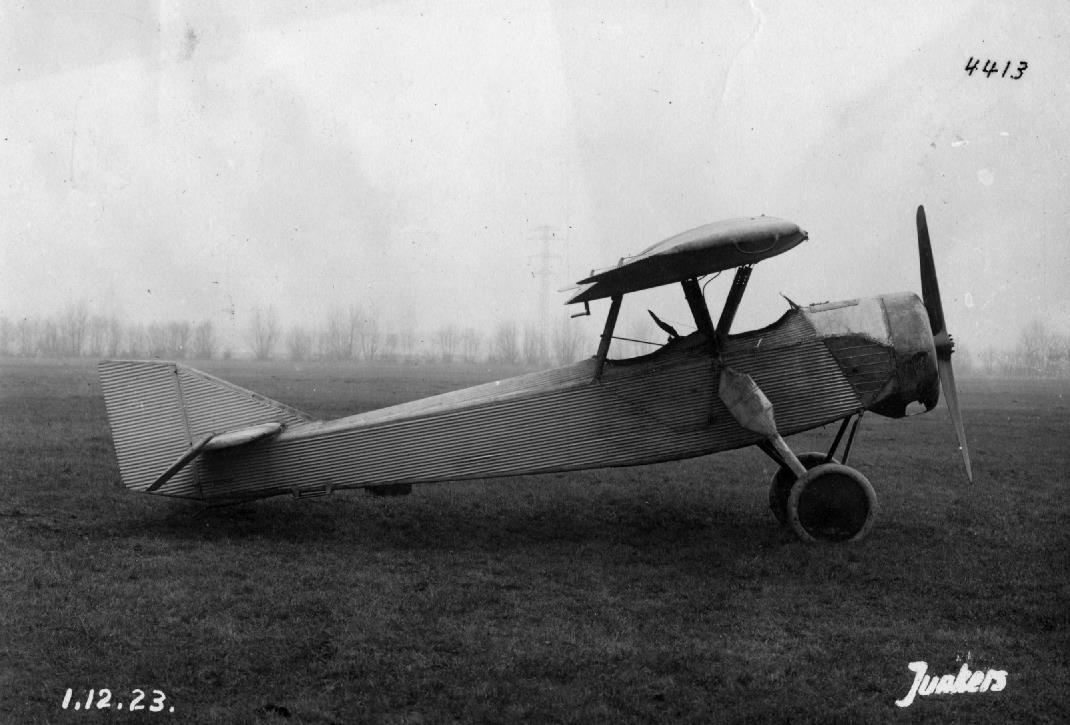
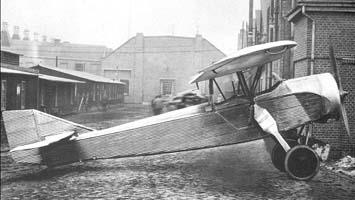
0440, JU T23
JUNKERS, D-, Mrz. 23
J0441, JU T23
FLYING SCHOOL FURTH, D-413, Okt. 23, named 'Schmetterling'
J0442, JU T23
UNKNOWN, D-485, Jan. 24, named 'Heuschrecke'
J0443, JU T23
FLYING SCHOOL FURTH, D-391, Feb. 24, named 'Falter'
| Type |
T 23E :2-seat trainer, sportplane . Monoplane |
T 23D = U 23 :2-seat trainer, sportplane . Biplane |
| Engine |
1 Le Rhône |
| Dimensions |
Length 7,26 m, height 3,02 m, span 13,15 m, wing area 21,2 m2, aspect ratio 8,15 |
Length 7,26 m, height 3,02 m, span 13,15 m, wing area 33,2 m2 (Lower wing 12,10 m2 |
| Weights |
Empty 515 kg, flying weight 765 kg,fuel 50 kg, oil 20 kg, pilot 80 kg, load 100 kg |
Empty 590 kg, flying weight 820 kg, uel 50 kg, oil 20 kg, pilot 80 kg, load 80 kg |
| Performance |
Max. speed 140 km/h at sea level, cruising speed 118 km/h at sea level , range 180 km, service ceiling 3000 m, endurance 1,50 h, landing speed 80 km/h |
Max. speed 125 km/h at sea level,, cruising speed 100 km/h at sea level,, range 180 km, service ceiling 2500 m, endurance 1,50 m, landing speed 66 km/h |
| Type |
Werk.Nr |
Registration |
History |
|
440 |
|
" Mücke". First flight 4 Sept. 1923. Crashed at Darmstadt |
|
441 |
D-413 |
"Schmetterling", FFS C Fürth-Atzenhof or FFS B Fürth-Atzenhof |
|
442 |
D-485, R-234 |
"Heuschrecke" |
|
443 |
D-391 |
"Falter" FFS C Fürth-Atzenhof or FFS B Fürth-Atzenhof |

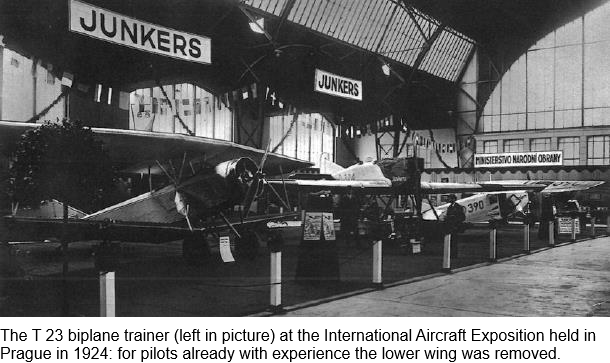
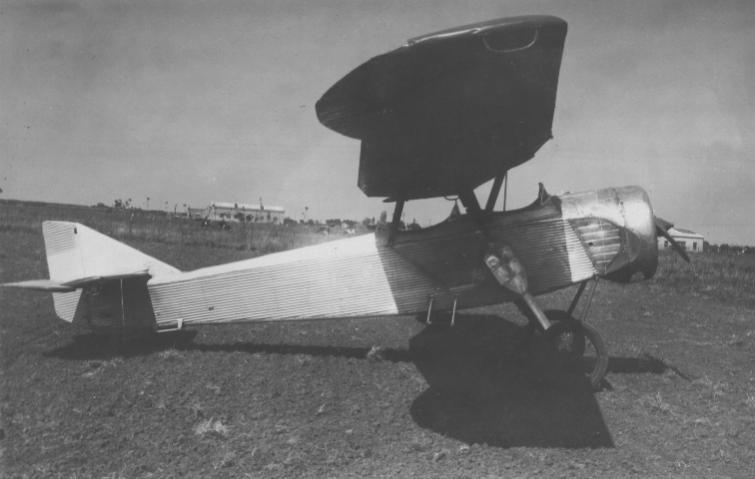
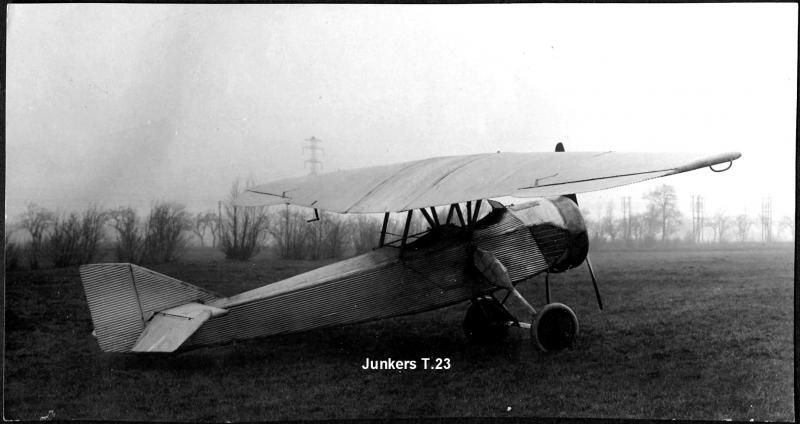
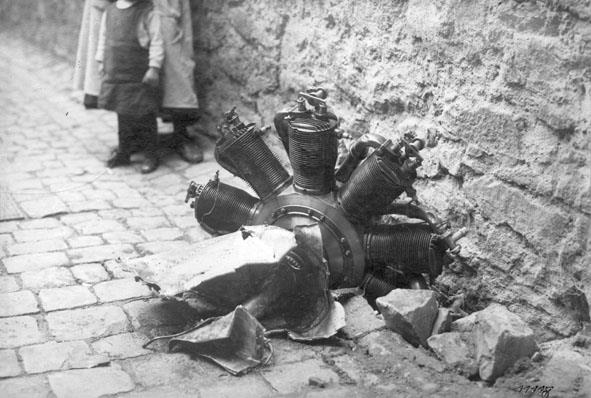
The history of the T 23 with Le Rhone, T 26 With L 1, T 27 with Clerget and T 29 with L 1 is quite complicated and every time I see a new photo I have forgotten again what the differences were.
There were four T 23s and they were completed in 1923-24, although the production of another 10 was started. One of these became the T 27 (in 1925) and the other nine were re-designated U 23 first and then T 26. If they were completed, some of them were stored and as they could not be sold they were finally broken up. Two of the T 23 were modified into T 26s.
Of the planned batch of ten aircraft laid down from the start as T 26s only two were built in 1925, and finally there were two T 29s, also in 1925. So the final count, after modifications, was something like 2 T 23s, 13 T 26s, 1 T 27 and 2 T 29s.







